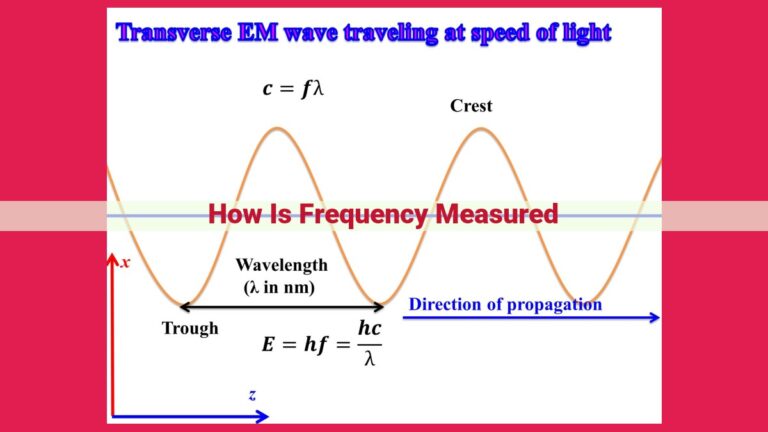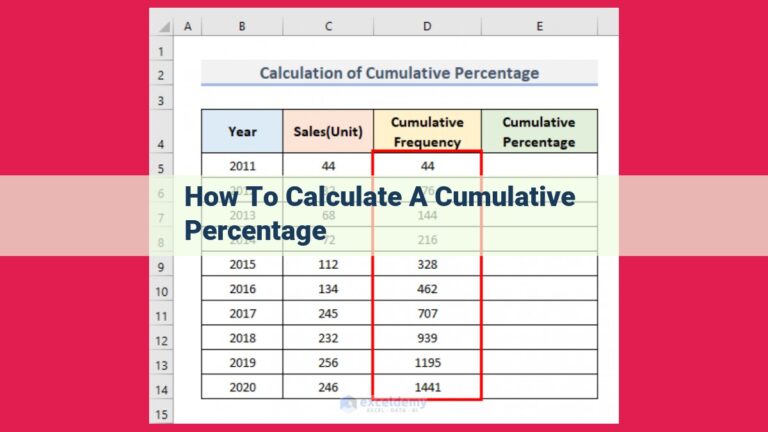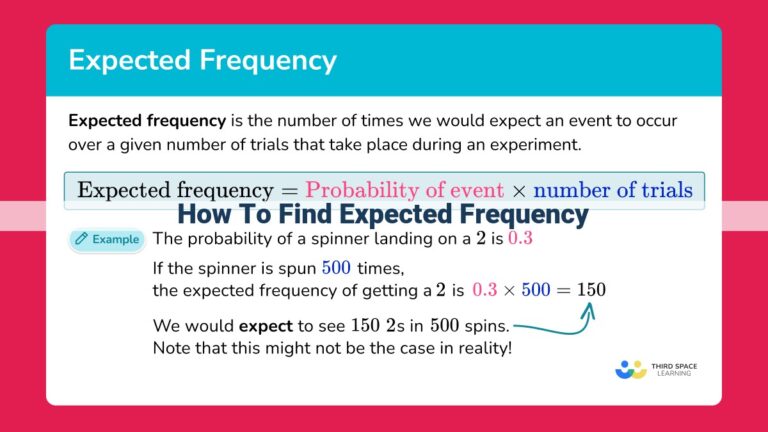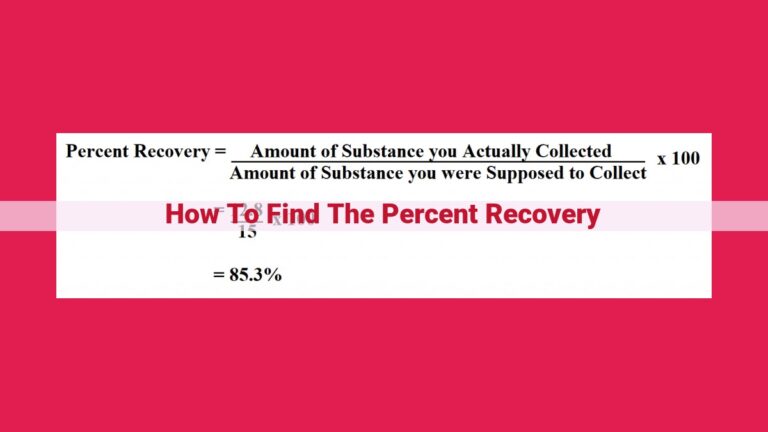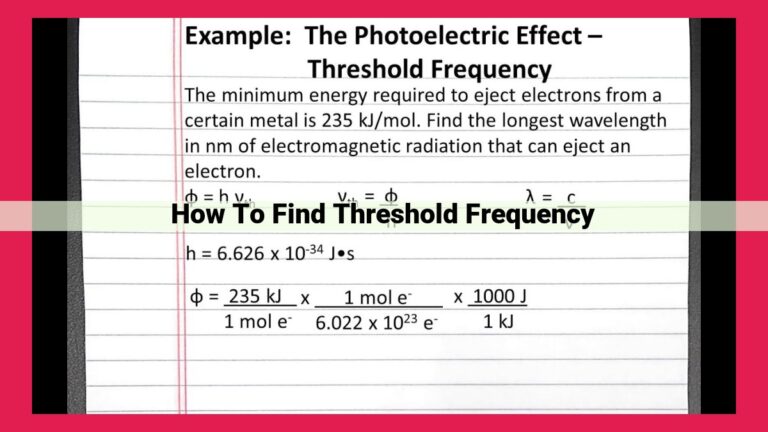Quantifying Substance Transformations: Understanding Percent Change In Mass
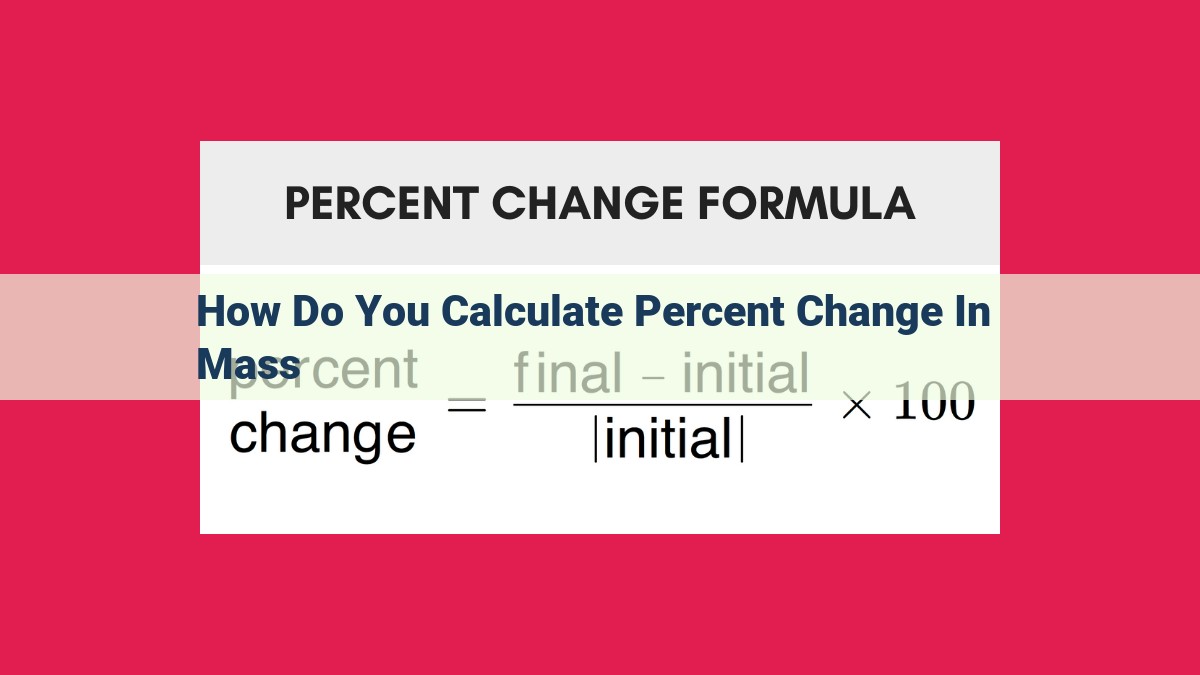
Percent change in mass measures the change in mass of a substance, typically in chemical reactions or physical transformations. It involves calculating the difference between the initial and final mass of the substance, then expressing this change as a percentage of the initial mass. The formula is [(Final Mass – Initial Mass) / Initial Mass] x 100. This calculation provides insight into the extent of chemical reactions, helps track product yields, and assists in understanding various physical changes.
Understanding the Fundamentals of Mass Conservation
Mass Conservation: A Fundamental Principle of Matter
In the realm of chemistry and the physical world, the principle of mass conservation holds sway. It postulates that during any chemical reaction or physical change, the total mass remains constant. This means that the mass of the initial reactants or substances is equal to the mass of the final products or substances.
Defining Mass: The Measure of Matter
Mass is a fundamental property of matter, representing the quantity of matter present in an object or substance. It is typically measured in grams (g), kilograms (kg), or milligrams (mg). Accurate measurement of mass is essential in various scientific disciplines, including chemistry, physics, and engineering.
Measuring Mass with Precision
Scientists and researchers use various techniques to measure mass accurately. Some common methods include:
- Analytical balance: A highly sensitive instrument used to measure mass with precision, typically in milligrams or micrograms.
- Electronic balance: A digital weighing device that provides quick and accurate mass measurements.
- Spring balance: A device that measures mass by determining the force exerted by gravity on an object.
Defining Final Mass and Percent Change in Mass: Unveiling Chemical Transformations
Understanding the mass changes that occur during chemical reactions is crucial for comprehending the outcomes and dynamics of these processes. Final mass represents the total mass of the products formed after a reaction has reached completion. It provides insights into the efficiency of the reaction and the quantities of substances involved.
Closely related to final mass is the concept of percent change in mass, which quantifies the variation in mass between the initial reactants and the final products. This metric unveils the extent of a reaction’s progress and helps determine the degree of conversion of reactants into products.
Significance of Percent Change in Mass
Percent change in mass offers valuable information for analyzing chemical reactions:
- Reaction Stoichiometry: It helps determine the relative amounts of reactants and products involved in a reaction.
- Product Yields: By comparing the percent change in mass for different products, scientists can gauge the efficiency of synthesis reactions.
- Monitoring Chemical Processes: Tracking the percent change in mass over time allows researchers to monitor the progress of reactions, detect intermediates, and identify rate-limiting steps.
Understanding the Interplay of Mass Conservation
The principle of mass conservation dictates that the total mass of a system (including reactants and products) remains constant throughout a chemical reaction or physical change. This fundamental principle ensures that mass is neither created nor destroyed during these processes.
Therefore, the final mass of a reaction is the sum of the masses of all the products formed, and the percent change in mass represents the difference in mass between the initial reactants and the final products, all while adhering to the law of mass conservation.
Calculating Percent Change in Mass: A Comprehensive Guide for Understanding Chemical Changes
In the realm of chemistry, grasping the concept of mass conservation is fundamental. It underpins the understanding that in chemical reactions and physical transformations, the total mass of the reactants and products remains constant. To delve deeper into this concept, we’ll explore the calculation of percent change in mass, a valuable tool for quantifying chemical changes.
Understanding Mass and Percent Change
Mass, a fundamental physical property, measures the amount of matter in an object. Accurately measuring mass is crucial for scientific investigations, and various techniques, including digital scales, balances, and mass spectrometers, enable precise measurements.
Percent change in mass, a measure of the relative change in mass, is defined as the difference between the initial mass and the final mass, expressed as a percentage of the initial mass. This calculation reveals the extent of a chemical change, enabling us to compare the masses of substances before and after a reaction or transformation.
A Step-by-Step Approach to Calculating Percent Change in Mass
Calculating percent change in mass involves a straightforward, step-by-step approach:
- Determine the change in mass: This is simply the difference between the final mass and the initial mass.
- Calculate the percentage: To obtain the percent change in mass, divide the change in mass by the initial mass and multiply by 100.
The mathematical formula can be expressed as:
Percent Change in Mass = [(Final Mass - Initial Mass) / Initial Mass] x 100
Navigating the Formula
Understanding the mathematical principles behind the formula is essential for accurate calculations. The numerator, representing the change in mass, indicates the difference between the final and initial masses. The denominator, representing the initial mass, provides a reference point for the comparison. The multiplication by 100 converts the value to a percentage, facilitating easy interpretation.
Practical Applications in Chemistry
Percent change in mass finds widespread application in chemistry, providing valuable insights into chemical processes:
- Stoichiometry: It aids in determining the stoichiometric ratios of reactants and products in chemical reactions.
- Product Yield: It helps track the efficiency of chemical reactions by measuring the percentage yield of desired products.
- Monitoring Chemical Processes: Percent change in mass can monitor and control ongoing chemical processes, such as evaporation, sublimation, and dehydration.
By understanding the fundamentals of mass conservation and mastering the calculation of percent change in mass, you gain a powerful tool for comprehending and quantifying chemical changes. Utilize this knowledge to delve into the captivating world of chemistry and unravel the mysteries of matter and its transformations.
Formula for Percent Change in Mass: Unveiling the Mathematical Secrets
In chemistry, understanding the concept of mass conservation is paramount. This principle asserts that mass cannot be created or destroyed, only transformed. To unravel the intricate changes that occur in chemical reactions, we introduce the concept of percent change in mass. This invaluable metric provides insights into the quantitative aspects of these transformations.
The formula for percent change in mass is a mathematical expression that encapsulates the relationship between the initial mass and the final mass. It is calculated as follows:
Percent Change in Mass = [(Final Mass - Initial Mass) / Initial Mass] x 100
Let’s dissect each term in this formula:
-
Final Mass: This represents the mass of the substance after the chemical reaction or physical change has occurred.
-
Initial Mass: This is the mass of the substance before the reaction or change took place.
-
Percent Change in Mass: This value represents the percentage change that has occurred between the initial and final masses. It can be either positive or negative, indicating an increase or decrease in mass, respectively.
The mathematical principles behind this formula are straightforward. By subtracting the initial mass from the final mass, we obtain the change in mass. Dividing this result by the initial mass (multiplying by 100) gives us the percentage change in mass.
It is crucial to ensure that both the initial mass and the final mass are expressed in the same units (e.g., grams, milligrams). This consistency is essential for obtaining accurate and meaningful results.
By understanding and applying this formula, chemists can unravel the quantitative aspects of chemical reactions, accurately determine product yields, and monitor complex chemical processes.
Applications of Percent Change in Mass in Chemistry
Beyond its fundamental understanding, percent change in mass plays a crucial role in various chemical applications, empowering chemists to analyze and monitor chemical reactions.
One significant application lies in determining reaction stoichiometry. By measuring the mass change of reactants and products, chemists can deduce the relative quantities of substances involved in a reaction. This information is essential for balancing chemical equations and understanding the reaction’s efficiency.
In industrial chemistry, percent change in mass is used to track product yields. By comparing the mass of the initial reactants to the mass of the final product obtained, manufacturers can determine the percentage of raw materials that have successfully converted into the desired product. This data is crucial for optimizing production processes and minimizing waste.
Furthermore, percent change in mass is employed in monitoring chemical processes. It allows chemists to track the progress of reactions over time and identify any anomalies or deviations from expected outcomes. By analyzing the mass change, researchers can gain insights into the reaction kinetics and adjust experimental conditions accordingly.
In summary, percent change in mass is a versatile tool in chemistry that goes beyond its foundational principles. It serves as a valuable metric for determining reaction stoichiometry, tracking product yields, and monitoring chemical processes, empowering chemists to unravel the complexities of chemical reactions and optimize industrial and laboratory practices.

